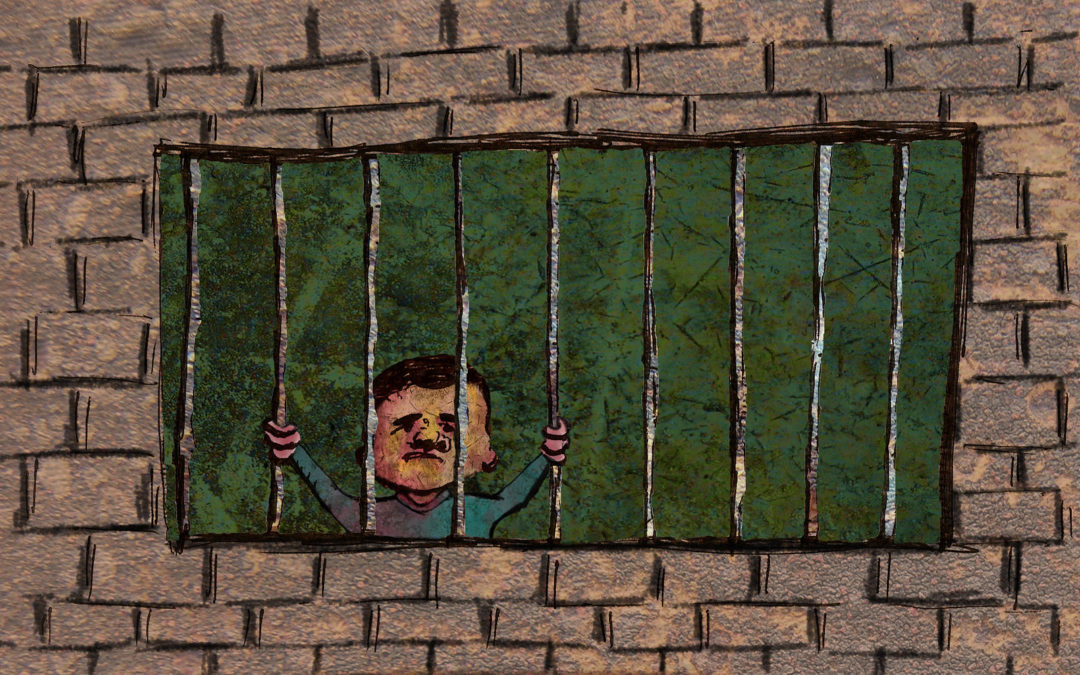The Supreme Court of Canada stated on several occasions that pre-trial detention is the exception, not the norm. This is especially true for youths under the age of 18. The Youth Criminal Justice Act governs young persons charged with criminal offences. The Act recognizes the diminished moral blameworthiness of young persons and provides for enhanced procedural protections. As a result, there are some important differences between youth bail and adult bail.
Availability of Detention Order
In adult court, the Crown can seek detention on any charge before the court. The YCJA restricts when the Crown can seek the detention of young persons. There are only two situations in which a detention order can be lawfully granted:
- the young person has been charged with a serious offence; or
- the young person has a history that indicates a pattern of either outstanding charges or findings of guilt
The YCJA defines a serious offence as “an indictable offence under an Act of Parliament for which the maximum punishment is imprisonment for five years or more.” Many offences meet this definition such as assault, impaired driving, robbery, uttering threats, and drug trafficking.
The YCJA does not define what a history or pattern is for when a detention order is available. The courts have interpreted this to mean either three prior occurrences or only two if the occurrences are so similar in nature that they constitute a pattern.
Onus in Youth Bail
The Crown always bears the burden of justifying a young person’s detention. This differs from adult court where there a number of situations where the accused must justify their release. For example the onus is on the accused to justify release if they already on bail when arrested. It is also a reverse onus if the charges are certain offences such as drug trafficking and firearms offences.
Detention is Not to Be a Substitute for Social Concerns
The Youth Criminal Justice Act explicitly prohibits the imposition of a detention order as a “substitute for appropriate child protection, mental health, or other social measures.” There are relevant child welfare laws that can properly address those concerns.
The Test for a Detention Order
In order to issue a detention order the Justice must have concerns on one of three grounds. Those concerns must be justified on a balance of probabilities. They are usually referred to as the primary, secondary, and tertiary grounds. They are similar to the grounds in adult bail with some changes that make the test stricter in youth bail.
The test on the primary ground is whether there is a substantial likelihood that the young person will not appear in court when required to do so. The Crown can rely on prior failed appearances to establish this. Evidence of failure to attend school or failure to return home would generally be inappropriate on the primary ground. This would be a social concern which is prohibited by the YCJA. This differs from adult bail where the test is whether detention is necessary to ensure attendance in court.
The secondary ground addresses protection of the public. The test is whether there is a substantial likelihood of further serious offences. This is more strict than adult bail where the test is whether there is a substantial likelihood of further offences. For example there could be valid concerns that the young person if released would continue to shoplift. This does not matter since theft under $5000 is not a serious offence under the YCJA.
Finally the tertiary ground in youth bail focuses on public confidence in the administration of justice. However there are limitations on its use. First it only applies if detention is not justified under the primary and secondary grounds. Second it only applies in exceptional circumstances. This means the circumstance of the offence are so extreme that anything less than custody would fail to reflect societal values. In adult bail there are no restrictions on when the tertiary ground applies.
The Release Plan
If concerns exist on one of the grounds, the Justice must then evaluate the release plan. The release plan would need to:
- reduce, to a level below substantial, the likelihood that the young person would not appear in court when required to do so
- offer adequate protection to the public from the risk that the young person might otherwise present, or
- maintain confidence in the administration of justice
The release plan can include conditions such living at a certain address, reporting any change of address to the police, staying away from complainants and co-accused, not possessing weapons, etc. In some cases a surety may be necessary. A surety will promise to supervise the young person and ensure they follow the terms of release. However the Supreme Court of Canada has cautioned lower courts about the over reliance on sureties. Both adults and young persons should be released on the least onerous form of release with the least onerous conditions.
Youth Criminal Lawyer
Bail is the most important step in the criminal process and often dictates where the case will go. If you or your child have been charged with a criminal offence, it is important to hire a criminal lawyer with experience in youth matters. Give Drexler Law a call at (519) 804-1799 or inquire by email for a free consultation.

